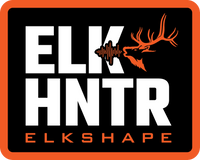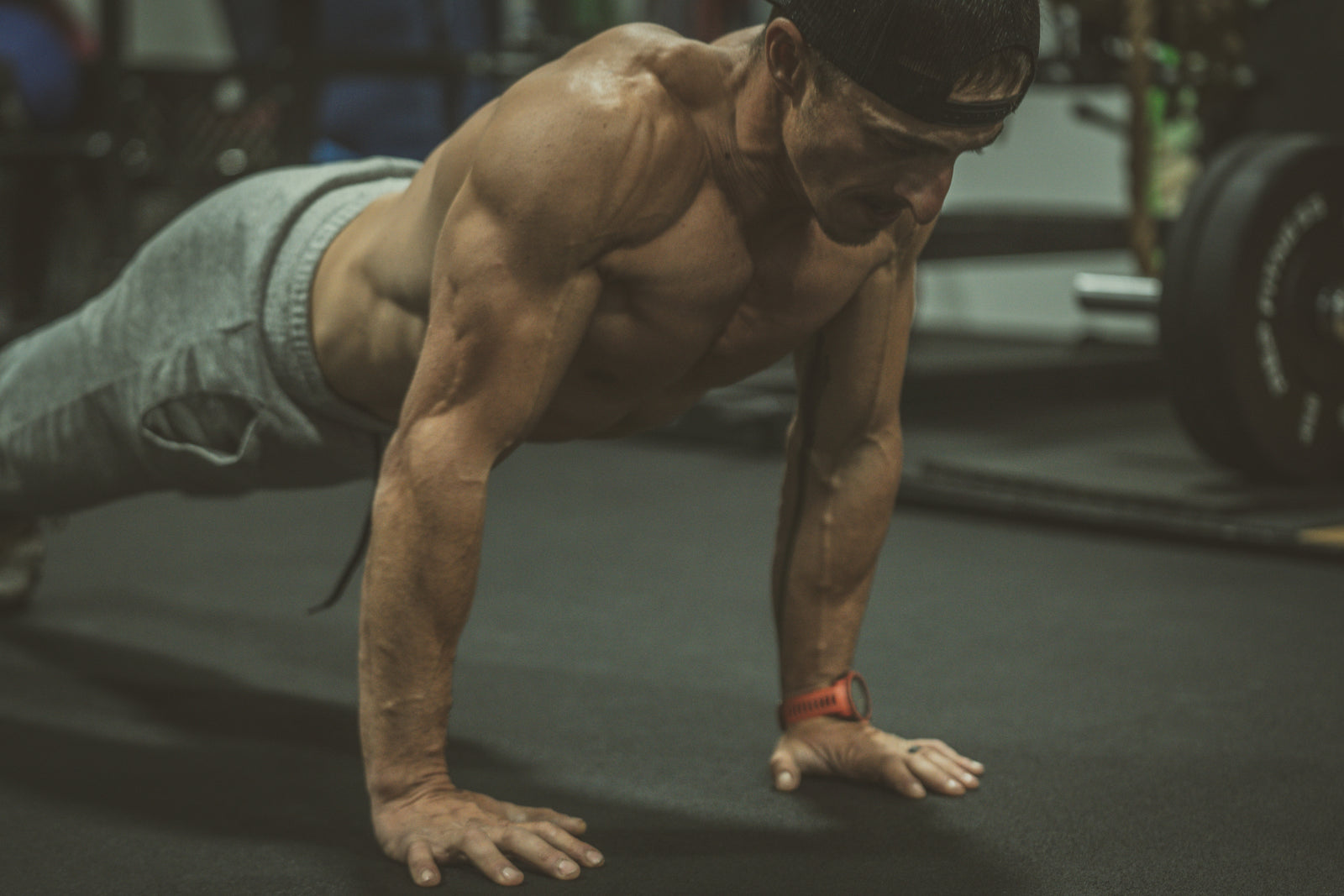Understanding the Power of Bodyweight Training for Fat Loss
Calisthenics has gained popularity for its simplicity and versatility, featuring exercises like push-ups, squats, and pull-ups that require only bodyweight. Many fitness enthusiasts wonder, "Does calisthenics burn fat?" The short answer is yes, calisthenics can help you burn fat and improve fitness—but the effectiveness depends on factors like intensity, frequency, diet, and recovery. Let’s dive into how calisthenics contributes to fat loss and why it might be a great fit for your fitness goals.
What is Calisthenics?
Calisthenics has evolved over the years, moving from a simple fitness trend to a full-blown movement. Initially, it focused on bodyweight exercises as an alternative to weightlifting, emphasizing the mastery of body movement over lifting heavy weights. Today, calisthenics embodies a holistic approach to fitness, using bodyweight exercises that train functional strength and promote body awareness. Through exercises that engage multiple muscle groups, calisthenics provides a workout that’s ideal for anyone looking to improve strength, endurance, and flexibility without equipment.
How Calisthenics Builds Muscle and Burns Fat
While weight training is often associated with muscle growth, bodyweight exercises can be equally effective at building lean muscle mass. Here’s a look at how calisthenics can lead to both muscle growth and fat loss.
How Muscles Grow Through Resistance
Whether you’re lifting weights or using your body weight, muscles grow in response to resistance. When you push your body to exert force—through a push-up or a pull-up, for instance—it causes small tears in muscle fibers. Your body repairs these fibers, making them stronger. This process, called muscle hypertrophy, applies to both weight training and calisthenics. When done consistently, these exercises increase strength and muscle definition, which also boosts your metabolic rate.
How Calisthenics Can Help Burn Fat
Fat loss fundamentally comes down to creating a calorie deficit, meaning you burn more calories than you consume. Calisthenics can be a powerful fat-burning tool by increasing calorie expenditure through high-intensity movements and full-body engagement. Here’s how it works:
-
Full-Body Engagement: Calisthenics exercises like burpees, mountain climbers, and push-ups activate multiple muscle groups at once. For example, a push-up works the chest, shoulders, triceps, and core simultaneously, requiring more energy than isolated movements. This full-body approach burns more calories, helping create the calorie deficit necessary for fat loss.
-
High-Intensity Options: Bodyweight exercises can be performed at any intensity level. Movements like burpees, jumping lunges, and squat jumps can elevate your heart rate quickly, maximizing calorie burn. By performing calisthenics in a high-intensity interval training (HIIT) format—brief bursts of intense activity followed by short rests—you can amplify fat-burning effects.
-
Metabolism Boost and Afterburn Effect: High-intensity calisthenics boosts your resting metabolic rate (RMR), meaning you continue to burn calories after the workout ends. This phenomenon, called excess post-exercise oxygen consumption (EPOC), or the “afterburn effect,” occurs when your body works to repair muscles and replenish oxygen levels. HIIT-style calisthenics can increase EPOC, leading to more calories burned overall.
Calisthenics vs. Traditional Weightlifting for Fat Loss
While both calisthenics and weightlifting can support fat loss, they achieve results differently. Calisthenics emphasizes functional, full-body movements that often incorporate cardio, making it a versatile choice for those who want a mix of strength and endurance. On the other hand, weightlifting can provide more targeted muscle growth, which can be helpful for those looking to increase muscle mass significantly.
However, combining calisthenics with weightlifting may offer the best of both worlds: the functional, fat-burning benefits of bodyweight exercises along with the muscle-building power of weights. Alternating between the two could yield optimal results for those aiming for both strength and fat loss. This is exactly what we do here at ElkShape Training.
The Role of Nutrition in Fat Loss
Exercise alone, whether calisthenics or weightlifting, won’t lead to significant fat loss without proper nutrition. To lose fat, you must maintain a calorie deficit. Focus on eating nutrient-dense foods like lean proteins, vegetables, whole grains, and healthy fats. Avoid processed foods and sugary drinks, as these can lead to overeating and reduce energy levels. Here are some quick nutritional tips for fat loss:
- Stay in a Calorie Deficit: Monitor your daily calorie intake to ensure you’re consuming fewer calories than you burn.
- Prioritize Protein: Protein helps preserve muscle during fat loss and keeps you feeling full longer.
- Hydrate: Water supports metabolism and can reduce hunger, helping you stay on track.
Sample Calisthenics Routine for Fat Loss
If you’re ready to try calisthenics for fat loss, here’s a sample routine designed to maximize calorie burn and increase metabolic rate. Perform each exercise for 30 seconds, followed by a 15-second rest. Complete three to five rounds for a solid fat-burning workout.
- Jump Squats: Engage the quads, glutes, and calves, and increase your heart rate.
- Push-Ups: Target the chest, shoulders, and triceps while engaging the core.
- Mountain Climbers: A cardio-intensive move that works the core and legs.
- Burpees: A full-body exercise that combines strength and cardio.
- Plank-to-Push-Up: Strengthen the core, shoulders, and arms.
This circuit-style workout format is a great way to use calisthenics for fat loss and improve overall conditioning.
Does Calisthenics Alone Lead to Fat Loss?
While calisthenics can be effective for fat burning, it’s best paired with a well-rounded lifestyle approach. Here’s why:
-
Avoiding Plateaus: Calisthenics, when done consistently, will improve strength and endurance, but adding variety is key. Mixing calisthenics with other forms of exercise, like weightlifting or cardio, can help avoid plateaus and keep fat loss progressing.
-
Functional Movement: Unlike isolated exercises, calisthenics emphasizes natural movements that mimic everyday activities. Training in this way can make you more capable in daily life, reducing injury risk and building a balanced physique.
-
Holistic Health: Combining calisthenics with other healthy practices, such as regular movement throughout the day, balanced nutrition, and proper recovery, leads to better long-term results. It’s not just about burning calories—it’s about building a sustainable lifestyle.
Key Takeaways: Why Calisthenics Can Be an Effective Tool for Fat Loss
So, does calisthenics burn fat? Absolutely, especially when performed at a high intensity and combined with a calorie-controlled diet. By engaging multiple muscle groups, boosting metabolism, and allowing flexibility in workout intensity, calisthenics is a valuable tool in a fat-loss journey. Here’s a quick recap:
- High Calorie Burn: Full-body, high-intensity calisthenics exercises burn calories efficiently.
- Metabolism Boost: Increases resting metabolic rate through high-intensity training and EPOC.
- Lean Muscle Building: Builds lean muscle, which aids in burning calories even at rest.
- Functional Strength: Trains natural movements, enhancing physical capability in daily life.
- Sustainable and Accessible: Requires minimal equipment, making it easy to incorporate anytime, anywhere.
By blending calisthenics with mindful nutrition and lifestyle practices, you can achieve a sustainable approach to fat loss and a well-rounded fitness level. Embrace the power of bodyweight exercises, and you’ll likely find it’s not only effective for fat burning but also a path to overall strength, agility, and resilience.

